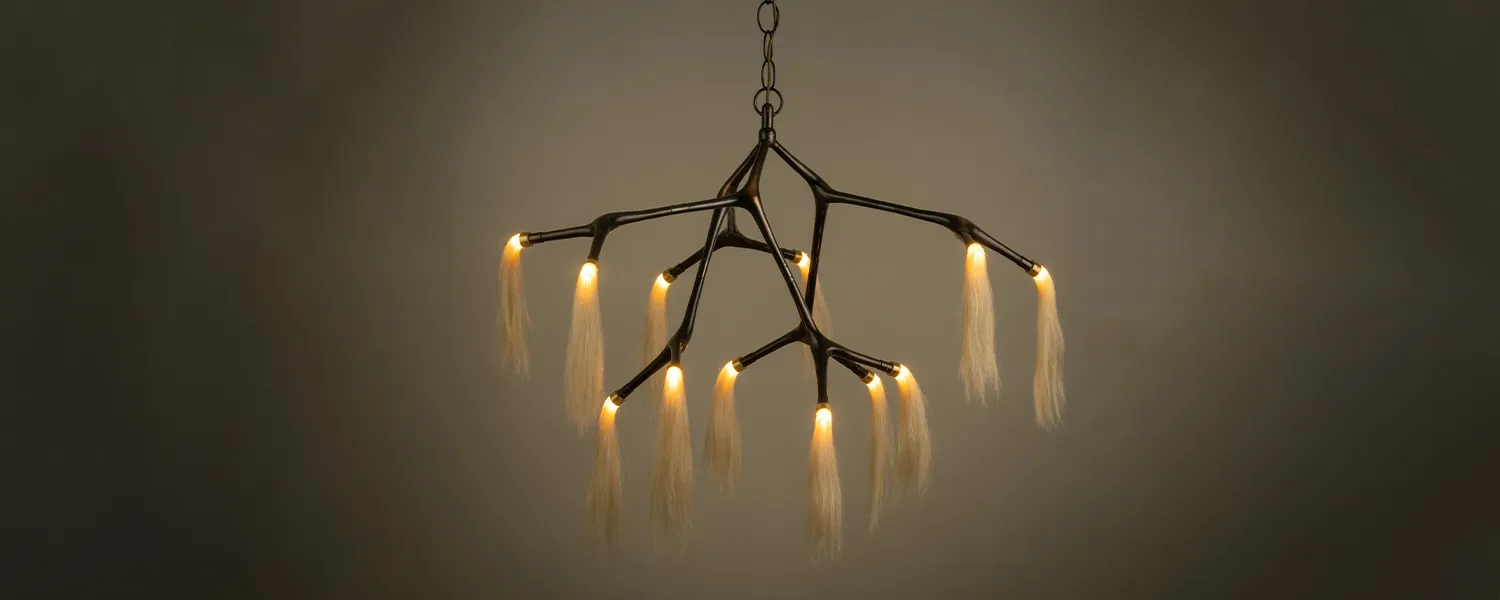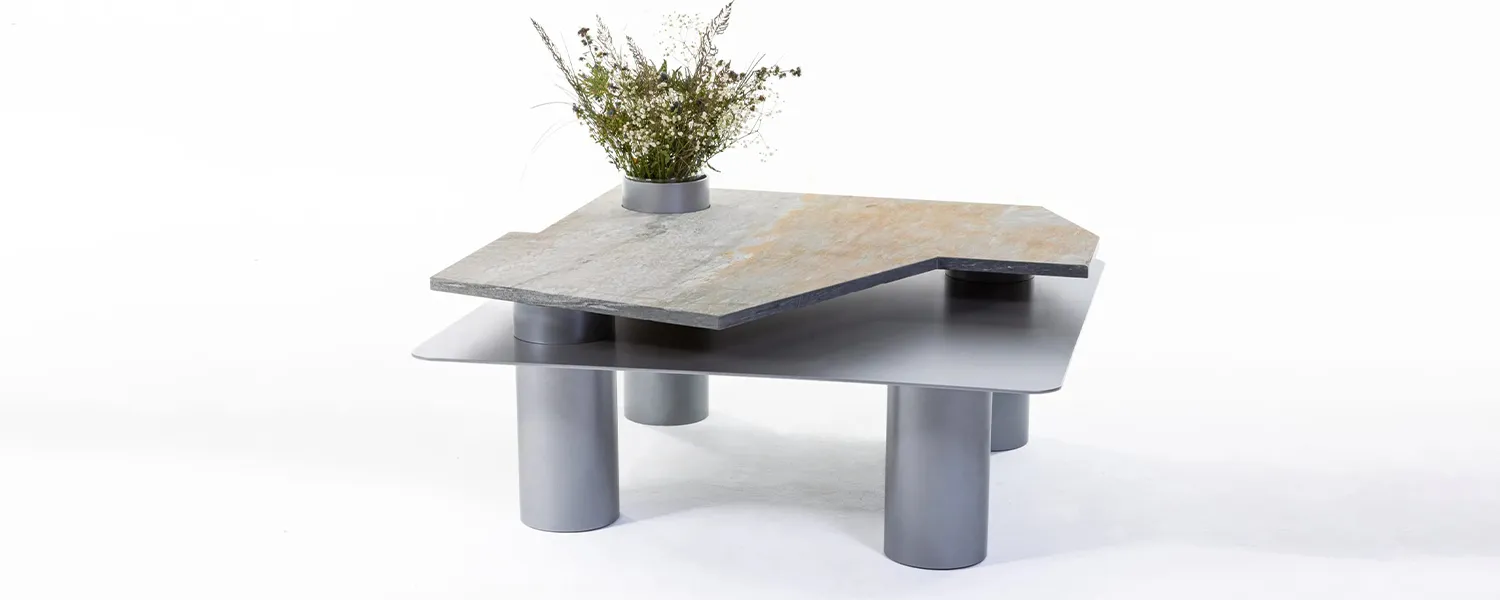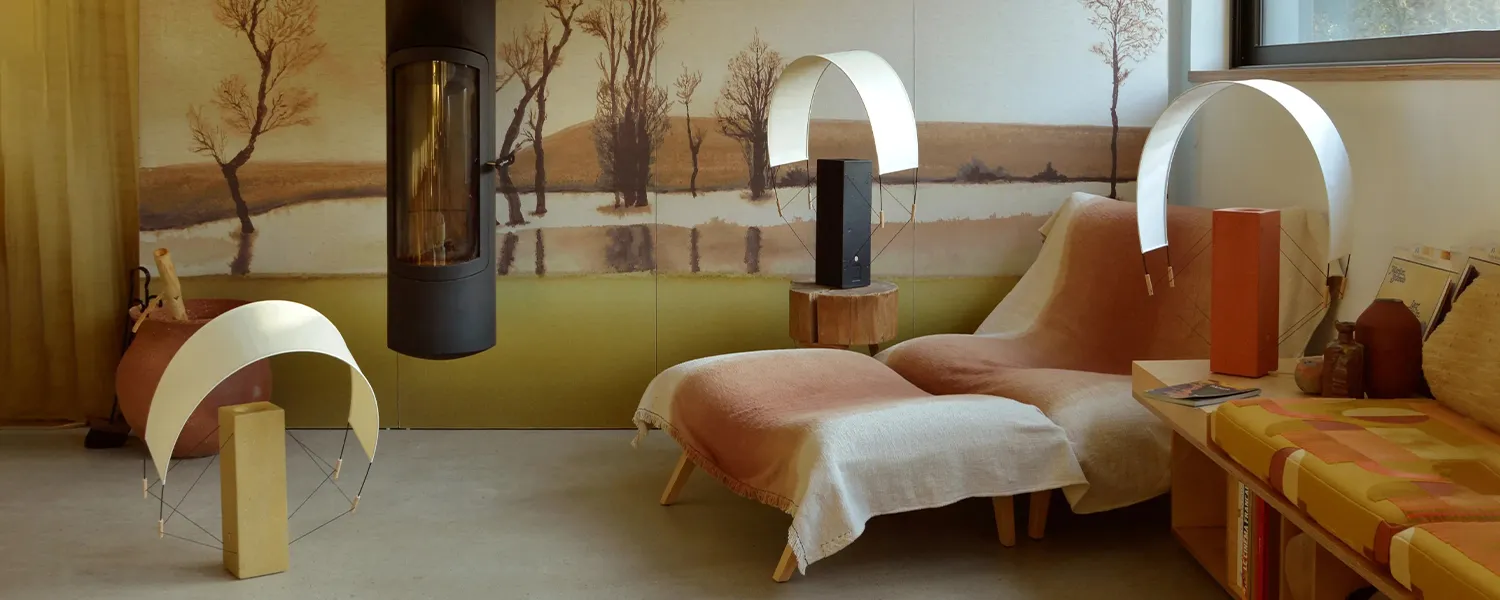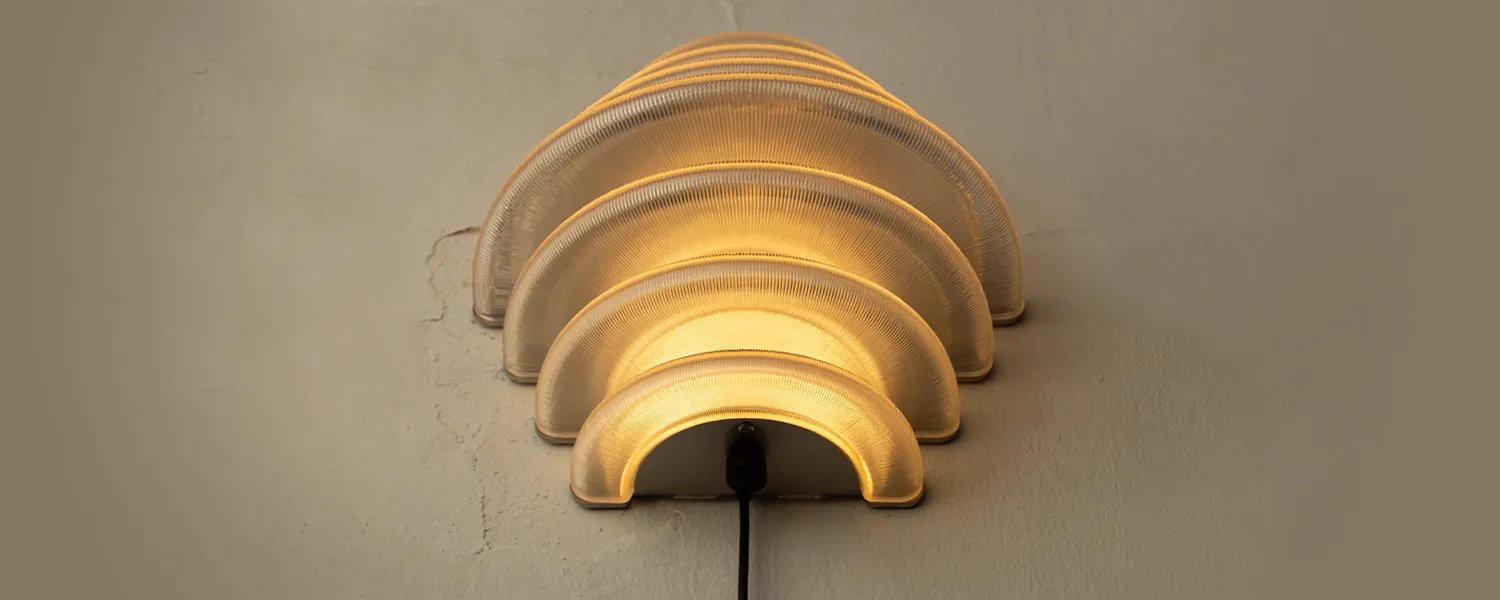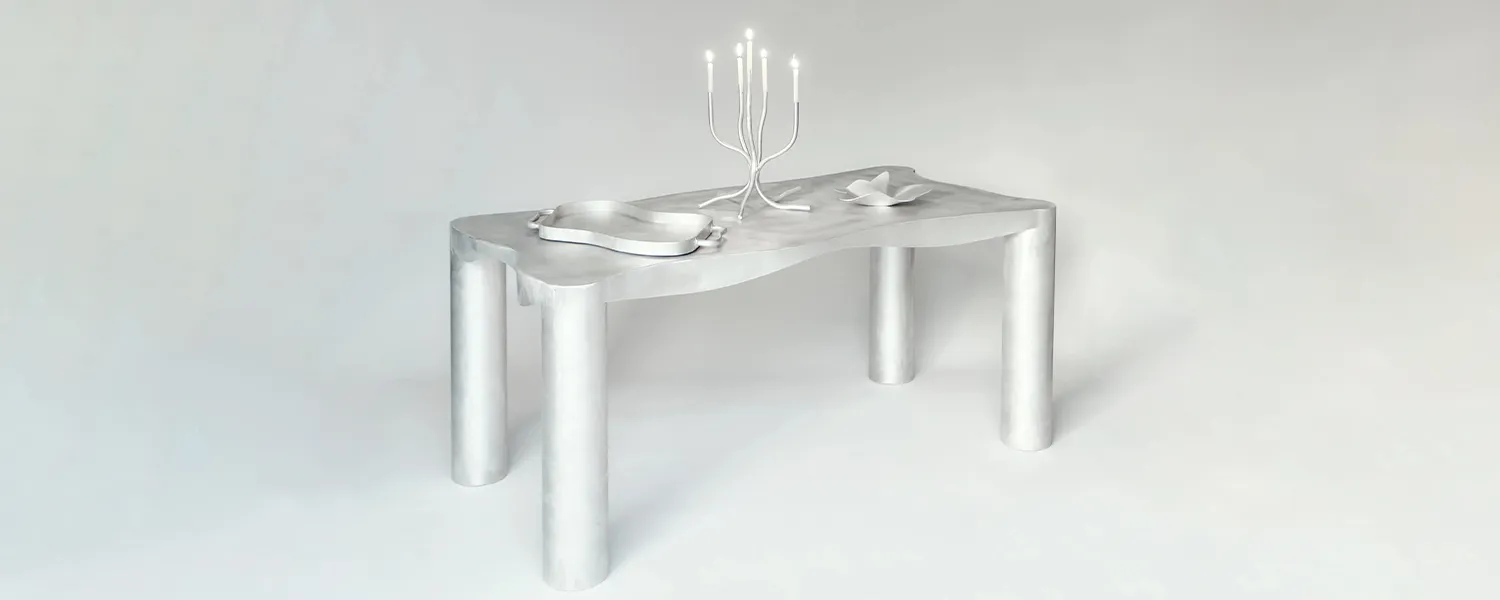
A Trick of the Eye: When Design Plays Mind Games
It starts with a moment of confusion – that split second when your brain can’t quite process what your eyes are reporting. A Penrose staircase looping forever, an Ames room that has shrunk its occupants, a baroque church ceiling that appears domed despite being flat. The initial of an optical illusion gives way to curiosity, then a kind of investigative play as we work to unravel what we’re seeing. We know it’s a trick, yet we return for another look, drawn by the thrill of watching our certainties unravel.
Our brains have always constructed reality from visual input, writing the story of our surroundings moment by moment. Yet this story has proven surprisingly elastic. A few careful adjustments to perspective, scale, or pattern can transform our solid world into something fluid and fantastical. The greatest optical illusions don’t just confound us – they invite us to participate in their deception, to toggle between what we know and what we see.
Read on to explore a selection of ADORNO studios that indulge in this optical play. Their work transforms rooms into intriguing puzzles, where furniture appears to float, dissolve, or morph in unexpected ways. A solid table may ripple like water, while something seemingly invisible suddenly catches the light and comes to life. Each piece invites an initial double-take, followed by the delight of unraveling its secrets. This journey turns familiar environments into opportunities for playful exploration and visual intrigue. Enjoy the journey!
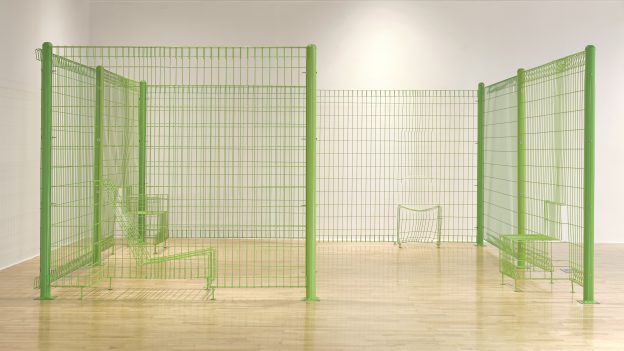

Vanishing Acts: Hidden in plain sight
It makes sense that glass ranks among the greatest tricksters in design. The material itself has always been a shapeshifter – transformed from sand into liquid fire, blown into impossible forms, then frozen again into crystalline stillness. Even its technical description defies logic: not quite solid, not quite liquid, but a strange form between states. Who better to play with our perception than a material that has never quite decided what it is?


by Tuğçe Geyik
![c.1[g]
by thibeau scarcériaux](https://media.adorno.design/wp-content/uploads/2024/10/22192210/thibeau.scar-DSCF5413-624x936-1.jpg)
![c.1[g]
by thibeau scarcériaux](https://media.adorno.design/wp-content/uploads/2024/10/22192210/thibeau.scar-DSCF5413-624x936-1.jpg)
by thibeau scarcériaux
This inherent mutability has given designers a powerful tool for optical deception. Through decades of experimentation, they’ve learned to manipulate light and perception until furniture begins to dissolve into space. A crystalline table catches sunlight and fragments it, creating phantom geometries that hang inexplicably above the floor. An acrylic chair appears solid one moment, then vanishes the next – leaving behind only a floating cushion as evidence of its existence. These pieces turn presence into a question, absence into an art form.
Such optical sleight-of-hand transforms entire environments, creating a ripple effect throughout the space. A glass dining table, for instance, upends our spatial expectations—plates seem to float, and wine glasses hover effortlessly without support. Our brains instinctively search for edges, for boundaries, for something solid to grip – but these pieces refuse such easy categorization. They inhabit the liminal space between visibility and shadow, turning rooms into dynamic settings that spark curiosity and offer a playful optical experience.


by Studio Monsoleil


by Calen Knauf Studio


by Yugen Lab


by PROSA
Double Take: When design is not what it seems
The recent “Is it cake?” phenomenon has undoubtedly run its course, perhaps eliciting some eye-rolling, but it undoubtedly highlights our innate delight in visual trickery (three seasons on Netflix dedicated to determining whether something is solid or a baked good is no small feat). There’s an undeniable joy in disguises executed with such finesse. Contemporary furniture designers are able to elevate this deception to new heights, creating stools that resemble piles of beach towels, ceramic vases that mimic woven textures, and rigid metal that appears frozen yet fluid, as if caught in a state of melting.


by Panorammma Atelier


by TIM TEVEN


by Elena Yakimushkina


by Peter Glassford


by Laura Dominici
These encounters provoke a unique cognitive dissonance. Your brain processes conflicting signals: visual cues suggest one experience while tactile sensations deliver another. These pieces skillfully exploit our brain’s pattern-recognition systems, leading us to perceive fabric where metal exists, softness in rigid materials, and organic forms in manufactured objects. The success of these deceptions lies in their ability to tap into our stored visual memories and expectations, subtly subverting them. Each piece invites us to question our assumptions—about materials, physics, and the nature of furniture itself. The satisfaction derives not from being fooled, but from the exhilarating realization of how thoroughly our perceptions can be unraveled.


by Duffy London Ltd


by thehighkey


Visual Vertigo: Furniture that bends reality
Navigating through a space filled with unconventional furniture, one encounters a series of spatial puzzles. A shelf appears to float without support, then reveals – or does it? – a shadow that might be structural, might be decorative. The wall sconce throws light in impossible directions, creating depth where there should be flatness. You step back, then forward, still unsure of what you’re seeing.
This is furniture that refuses to behave. A metallic side table manipulates the space around it, its legs appearing to stretch both inward and outward based on your perspective. Across the room, a lamp presents itself as a precarious stack of objects, seemingly on the verge of toppling yet maintaining an impossible balance that feels effortlessly stable. The coffee table, reminiscent of an Escher sketch, features geometry that hints at pathways that seem to defy the very principles of three-dimensional space.


by Studio Indigene


by Yves Pauwels


by Stijn van Aardenne
Some pieces go beyond spatial confusion into something more atmospheric. A tapestry installation transforms a flat wall into an apparent void, creating the mesmerizing sensation that you could fall forward into infinite space. These designs manipulate form and the environment, turning rooms into spaces filled with a gentle uncertainty. The most ambitious pieces create what scientists call “multistable perception” – images that force the brain to switch between different interpretations. Like the famous duck-rabbit illusion, these pieces refuse to settle into a single, stable form in our minds. A shelf might seem to protrude or recede. A table’s supports might reverse direction. The longer you look, the more reality seems to fluctuate.


by Simone Fanciullacci
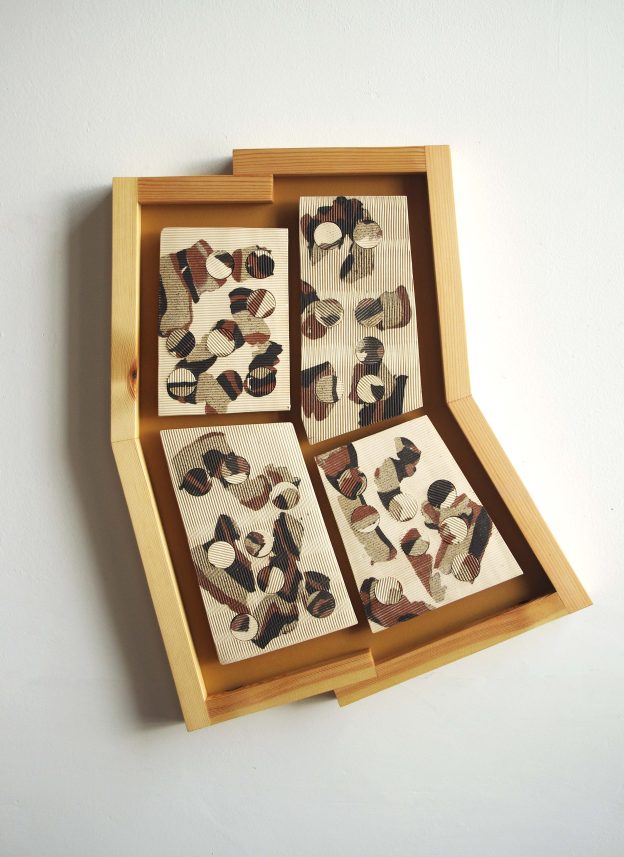

by Isabella Artale


by Nazara Lazaro


by Susanna Costantini


by Lucas Gutierrez Studio


by Studio Lampent
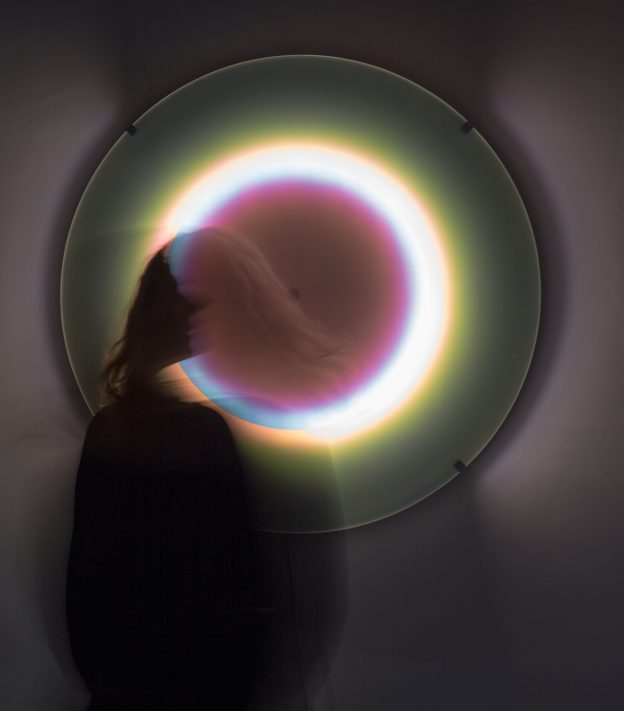

by Catrinel Sabaciag
Smoke & Mirrors: The power of reflection
Similar but different to transparent glass and other materials, Mirror-finished furniture also achieves invisibility, but through reflection rather than transparency. These pieces capture and throw back their surroundings, camouflaging themselves in plain sight. These pieces become visual processors, taking in their environment and returning it transformed. The mirror technique traces back to baroque palaces, where reflective surfaces created illusions of infinite space. Today’s designers deploy mirrored surfaces with similar strategic precision, but for different ends. Their pieces not only reflect, but dissolve boundaries between object and environment, turning solid furniture into portals that seem to open impossible spaces within our homes.
These mirrored designs illustrate how easily our supposedly reliable senses can be fooled, while simultaneously celebrating that vulnerability. In our digital age of virtual and augmented realities, these physical illusions gain new relevance. They remind us that reality itself remains the most sophisticated simulation, and that the space between what we see and what exists contains endless room for wonder.


by Nitush and Aroosh


by Project 213A
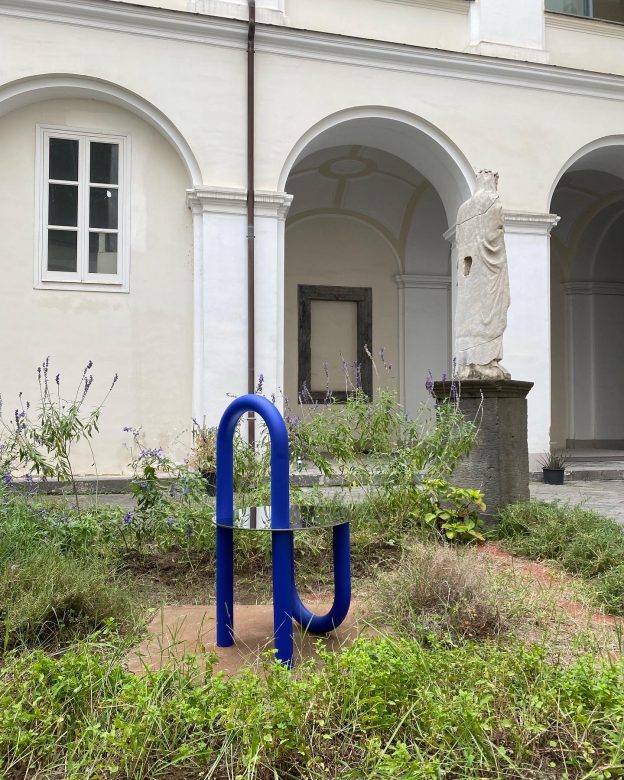

by Julia Chiaramonti


by ehécatl
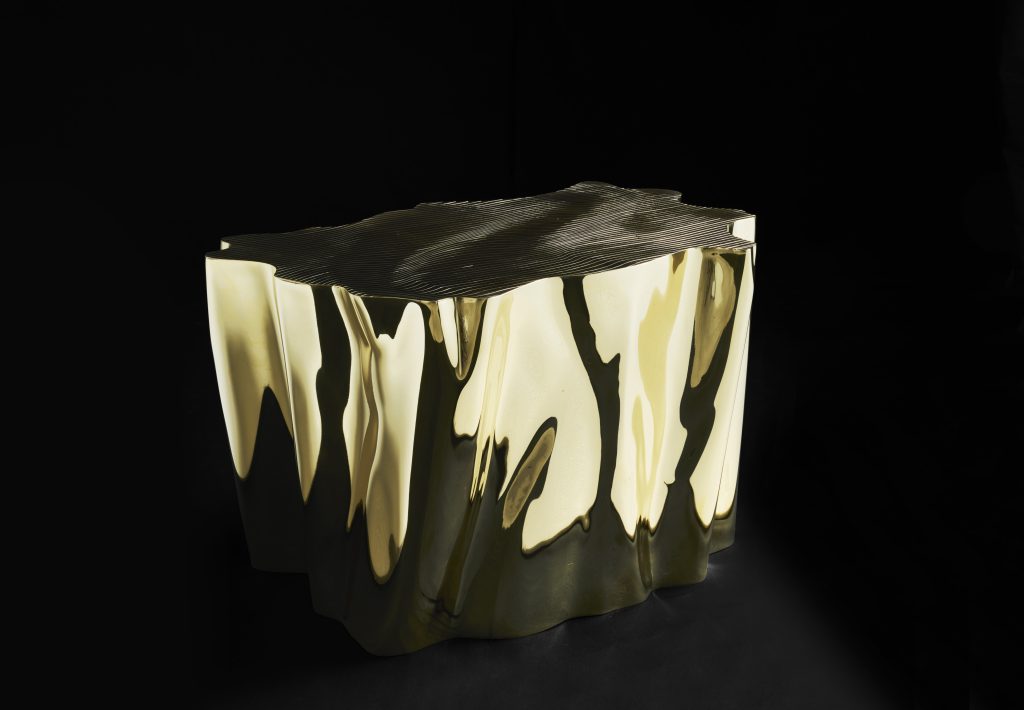

Final Thoughts
Visual deception in furniture design awakens new ways of seeing. These pieces remind us that perception remains deeply personal, deeply fallible, and endlessly fascinating. When a glass table dissolves into thin air, when solid metal flows like silk, when mirrors slice space into impossible geometries, we experience something raw and elemental – a reminder that reality holds infinite possibilities for surprise.
While virtual worlds expand through digital technology, these physical illusions take on special significance, and ground us in a kind of tangible magic. They reveal mysteries hidden in plain sight, in materials we thought we understood. A mirrored cabinet suggests parallel spaces. A floating shelf questions our certainties about structure and support. Each piece invites us to pause, to look again, to wonder.
Optical illusions in design speak to something timeless in human nature – our drive to question, to explore, to find delight in the unexpected. These pieces create spaces where function meets fantasy, where a chair offers both rest for the body and intrigue for the mind. In their presence, everyday moments transform into small shifts in perception, turning routine into wonder.
-

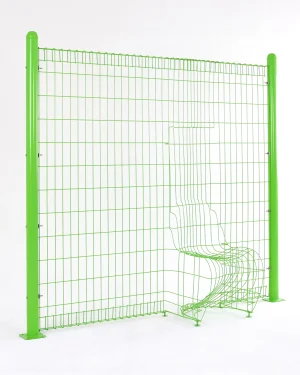 Invisible Panton Chair€3.563
Invisible Panton Chair€3.563 -

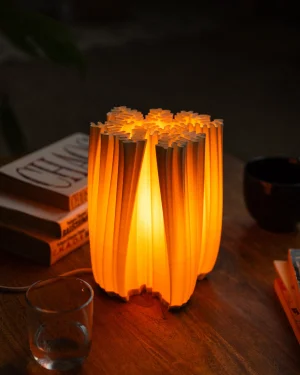 S 2 – Bio Polymer Table Lamp€313 incl. tax
S 2 – Bio Polymer Table Lamp€313 incl. tax -

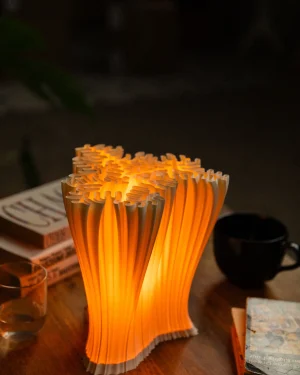 S 4 – Bio Polymer Table Lamp€313 incl. tax
S 4 – Bio Polymer Table Lamp€313 incl. tax -

 S 6 – Bio Polymer Table Lamp€313 incl. tax
S 6 – Bio Polymer Table Lamp€313 incl. tax -

 S 1 – Bio Polymer Table Lamp€313 incl. tax
S 1 – Bio Polymer Table Lamp€313 incl. tax -

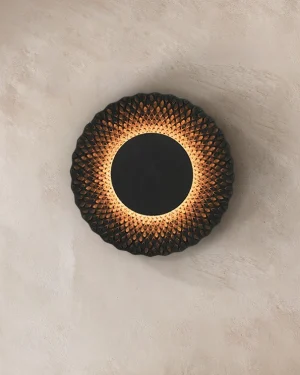 Sun Vxs 08 — Sculptural Wall Lamp In 3d-printed Sand€1.350 incl. tax
Sun Vxs 08 — Sculptural Wall Lamp In 3d-printed Sand€1.350 incl. tax -

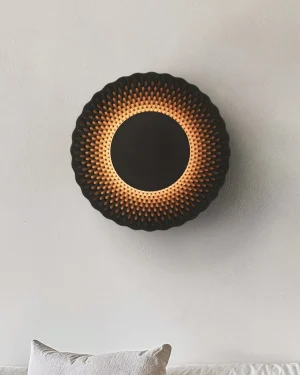 Sun Vxs 07 — Sculptural Wall Lamp In 3d-printed Sand€1.350 incl. tax
Sun Vxs 07 — Sculptural Wall Lamp In 3d-printed Sand€1.350 incl. tax -

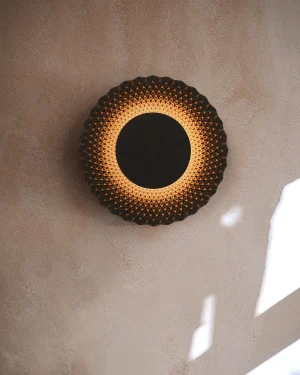 Sun Vxs 06 — Sculptural Wall Lamp In 3d-printed Sand€1.350 incl. tax
Sun Vxs 06 — Sculptural Wall Lamp In 3d-printed Sand€1.350 incl. tax -

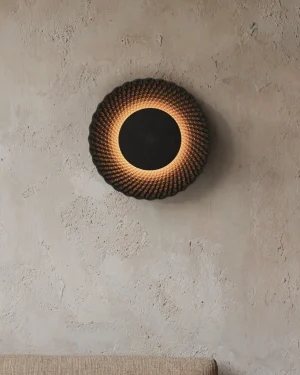 Sun Vxs 05 — Sculptural Wall Lamp In 3d-printed Sand€1.350 incl. tax
Sun Vxs 05 — Sculptural Wall Lamp In 3d-printed Sand€1.350 incl. tax -

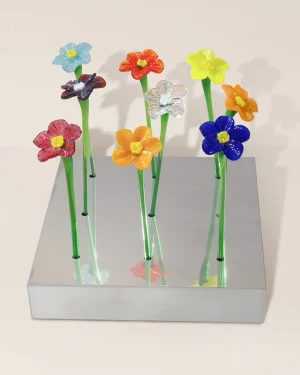 Collector’s Edition – Mirror Polished Stainless Steel Crystal Installation€3.616
Collector’s Edition – Mirror Polished Stainless Steel Crystal Installation€3.616 -

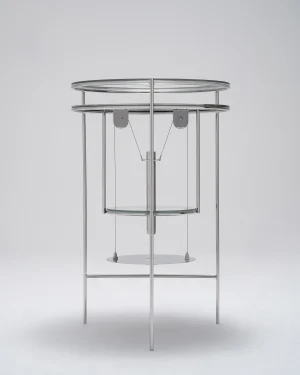 Pulley Table 01_stainless Steel€2.750 incl. tax
Pulley Table 01_stainless Steel€2.750 incl. tax -

 Elemental Patchwork Coffee Table€8.750
Elemental Patchwork Coffee Table€8.750
